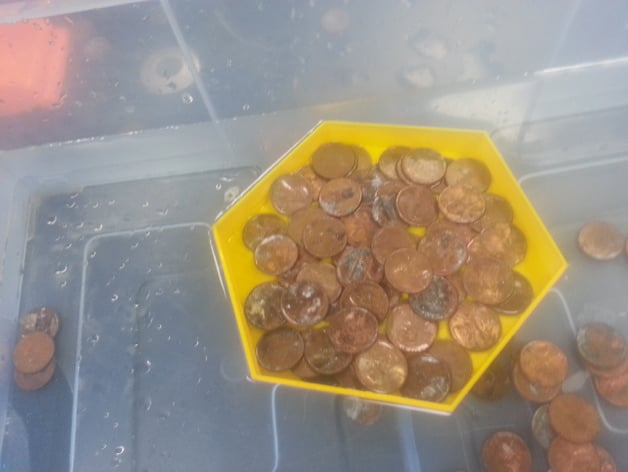
Design a Boat
thingiverse
Student-designed boats are an engaging 8th grade project. Students are challenged to design a boat capable of holding as many pennies as possible without sinking or capsizing. All boats are carefully scaled and printed to ensure they weigh precisely 25 grams. After conducting experiments, students learn about buoyancy and density and then revise their designs accordingly. These photographs showcase the revised versions created by the students after taking into account the results from the first tests. Students achieved a significant increase in capacity between their two iterations - an average of 79 pennies held by each vessel on its second test. To effectively create models using Tinkercad, I advise students to ensure there are no gaps within their design's walls. To detect these gaps, carefully rotate and scrutinize the model; any missing spots may otherwise go unnoticed. Models lacking flat bottoms present additional printing challenges - turning them upside down or printing support material can facilitate this process. Standards: A Focus on Learning Science Standards for Student Learning Project Overview and Background This project consists of designing boats with students in an 8th-grade class. Their mission is to create a vessel capable of carrying the largest quantity of pennies possible without sinking. Lesson Plan and Activity: Building Knowledge Through Experience Before delving into buoyancy, I provided my students with an assignment a week prior along with 50 minutes to design their boat on Tinkercad. During this session, I scrutinized each model for any defects (gaps in walls, etc) before permitting adjustments. Students finished the first portion of their lab report by photographing and describing their designs (see PDF). To finalize these models, I adjusted all boats to weigh exactly 25 grams on Cura, ensuring consistent testing parameters. During experiments, students test the water-floatability of each model with increasing weights. Upon realizing they could significantly enhance their original designs following experimentation, many pupils opted for modifications. Results: Learning by Experimentation As an extension of prior project experience, numerous scholars exhibited substantial progress - learning concepts like wider vessels being more stable. Additionally, understanding the interplay between volume and thickness further advanced design potential in future boat models
With this file you will be able to print Design a Boat with your 3D printer. Click on the button and save the file on your computer to work, edit or customize your design. You can also find more 3D designs for printers on Design a Boat.
